


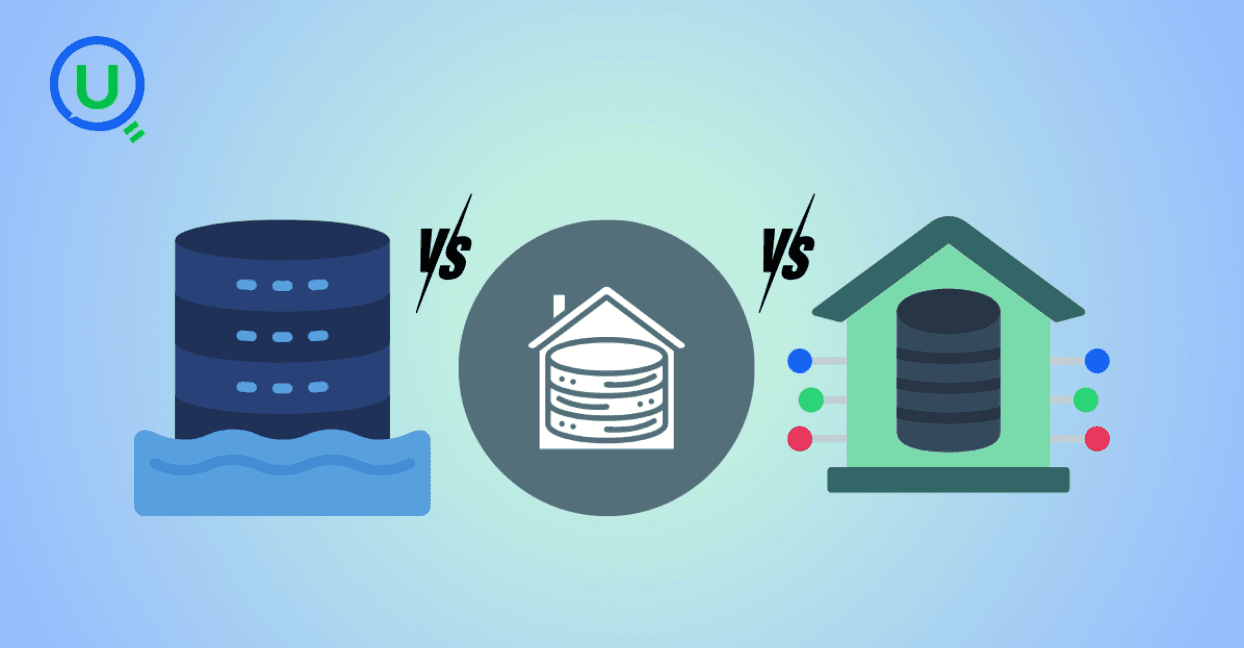
Imagine entering a vast library where every piece of information—audio recordings, raw manuscripts, open notebooks—sits side-by-side, waiting to be discovered. That's the essence of a data lake. Now picture a section within that library meticulously organized by topic with structured shelves—that's a data warehouse. Finally, envision your personal reading nook with just the few books you refer to daily—that's a data mart. Knowing the difference between data warehouse vs data mart vs data lake is essential to choosing the architecture that matches your data goals, scale, and maturity.
In this blog, we’ll explore each of these data architectures—what they are, when to use them, how they differ—and walk through practical guidance and real-world examples so you can determine the best fit for your organization.
A data lake is a centralized storage repository that holds raw data in its native format—structured, semi-structured, and unstructured. Think of everything: JSON files, sensor logs, images, CSVs, audio—stored exactly as generated. You decide later how to use them.
Benefits
Unlimited scale and flexibility
Supports AI/ML experiments and big-data exploration
Challenges
Risk of becoming a "data swamp" without governance
Harder for non-technical users to query or understand
Example:
A global IoT company centralizes sensor data in an Amazon S3 data lake and processes it later using Apache Spark to train machine learning models and perform real-time monitoring.
A data warehouse is a structured repository optimized for analysis and reporting. Data is cleaned, transformed, and stored using schemas (like star/snowflake), enabling fast queries and reliable BI insights.
Benefits
High-performance SQL queries
Consistent data with strong governance
Trusted data for teams such as finance and marketing
Challenges
Complex and costly modeling
Less flexible for unstructured or ad hoc data
Example:
An e-commerce company uses Amazon Redshift to store transactional data for daily revenue reports, customer analytics, and seasonal forecasting—referencing AWS Big Data blogs for implementation tips.
A data mart is a subset of a data warehouse (or standalone) designed for a specific business function—like sales, marketing, or HR. It provides focused, curated data optimized for departmental consumption.
Benefits
Faster performance for a specific team
Simple and intuitive for business users
Reduced query load on central warehouse
Challenges
Can lead to silos if not governed properly
Not suitable for cross-functional analytics
Example:
The marketing team uses a data mart focused on campaign performance and customer engagement, drawing from the central warehouse but optimized for their dashboards.
When debating data warehouse vs data mart vs data lake, consider these dimensions:
Dimension | Data Lake | Data Warehouse | Data Mart |
Data types | Any format, raw | Structured, cleaned | Structured, focused |
Schema strategy | Schema-on-read | Schema-on-write | Schema-on-write |
User roles | Data scientists, engineers | Analysts, BI users | Department teams |
Cost & complexity | Low storage, high maintenance | Higher cost, managed storage | Low cost, limited scope |
Typical use cases | AI/ML, log analysis | Reporting, BI dashboards | Team-centric analytics |
Understanding these distinctions helps you pick the right layer—or combination—for your needs.
A robust strategy often uses a multi-layered approach combining a data lake, warehouse, and marts:
Start with a data lake for flexibility
Ingest raw data from multiple sources into an S3-based data lake. Support exploration, experimentation, and model development without upfront schema constraints.
Build a data warehouse for consistency
Clean, transform, and structure data using tools like AWS Glue, dbt, or Apache Spark. Load into Snowflake or Redshift for trusted analytics with agreed definitions and governance.
Create data marts for departmental efficiency:
Segment curated datasets for teams like marketing or finance. Simplify BI access while preserving centralized control—ensuring reliability and performance.
Example scenario:
A SaaS company ingests customer interaction logs into a lake, builds a data warehouse for subscription metrics, and then deploys data marts for customer success, finance, and product analytics teams.
Building a modern, scalable data platform with data warehouse vs data mart vs data lake requires careful planning and execution:
Ingest raw data
Use tools like Kafka or AWS Kinesis to collect streaming and batch data into Amazon S3 or Azure Data Lake Storage.
Transform and model
Use AWS Glue, dbt, or Spark to clean and model data. Implement data contracts to maintain strict input/output schemas across transformations.
Load into a data warehouse
Store curated, structured datasets in systems like Snowflake or Redshift. Document schemas, data dictionary, and lineage using tools like Amundsen or DataHub.
Spin up data marts
Build department-specific marts for marketing (campaign performance), sales (pipeline data), and support (ticket resolution rates).
Govern and monitor
Implement access controls, logging, and lineage tracking across all layers. Use solutions like Apache Atlas, Collibra, or Purview to ensure data quality and compliance.
Iterate and evolve
Collect user feedback and refine schemas. Expand with new data sources, BI tools, and use cases (e.g., customer churn forecasting using predictive modeling).
Even well-laid strategies encounter challenges when integrating data warehouse vs data mart vs data lake:
Data lake becomes a swamp:
Avoid dumping unorganized data. Monitor schema usage, enforce retention policies, and catalog metadata.
Too many disconnected data marts
Use a centralized data dictionary and metric definitions to keep consistency.
Escalating storage and compute costs
Monitor usage and apply lifecycle tiering for cold data.
Poor governance across layers:
Enforce data contracts, strong access policies, and metadata standards throughout.
Lack of cross-team communication:
Facilitate regular syncs between data producers, engineers, and consumers to align on needs and priorities.
A retail company uses the layered model:
Data lake: Stores raw POS, inventory, web logs, and CRM exports in S3.
Data warehouse: Cleans and structures data into SALES, INVENTORY, and CUSTOMER schemas using Snowflake.
Sales data mart: Focuses on daily revenue by SKU and region.
Marketing data mart: Contains campaign spend, engagement metrics, and attribution tables.
Data science environment: Pulls from both lake and warehouse to build forecasting and recommendation algorithms.
This implementation of data warehouse vs data mart vs data lake ensures flexibility, performance, and departmental clarity, all while containing costs and supporting compliance.
In the debate of data warehouse vs data mart vs data lake, there is no one-size-fits-all winner. The best solution depends on your stage in the analytics journey and your business priorities:
Choose a data lake for early-stage analytics, experimentation, and handling unstructured data.
Choose a data warehouse when you need trusted analytics, governance, and structured reporting.
Add data marts for departmental agility and user-specific insights.
By architecting a layered solution, organizations can harness the power of all three—supporting exploratory initiatives, enterprise-grade reporting, and focused team analytics.
Modern data ecosystems demand more than just storage—they need clarity, scalability, and control. That’s where Enqurious comes in. We help data-driven organizations design and streamline architectures across lakes, warehouses, and marts. With automated lineage tracking, metadata management, and workflow orchestration, our platform empowers your teams to focus on insights—not infrastructure.

A practical walkthrough of how I reduced heavy batch workloads using Change Data Feed (CDF) in Databricks. This blog shows how CDF helps process only updated records, cutting compute costs and boosting pipeline efficiency.

I dropped a table in Snowflake, then queried to verify it was gone. The system said it doesn't exist, but also showed it consuming 3.57 MB. That contradiction led me down a rabbit hole of metadata delays, missing commands, and hidden costs. Here's what I discovered.
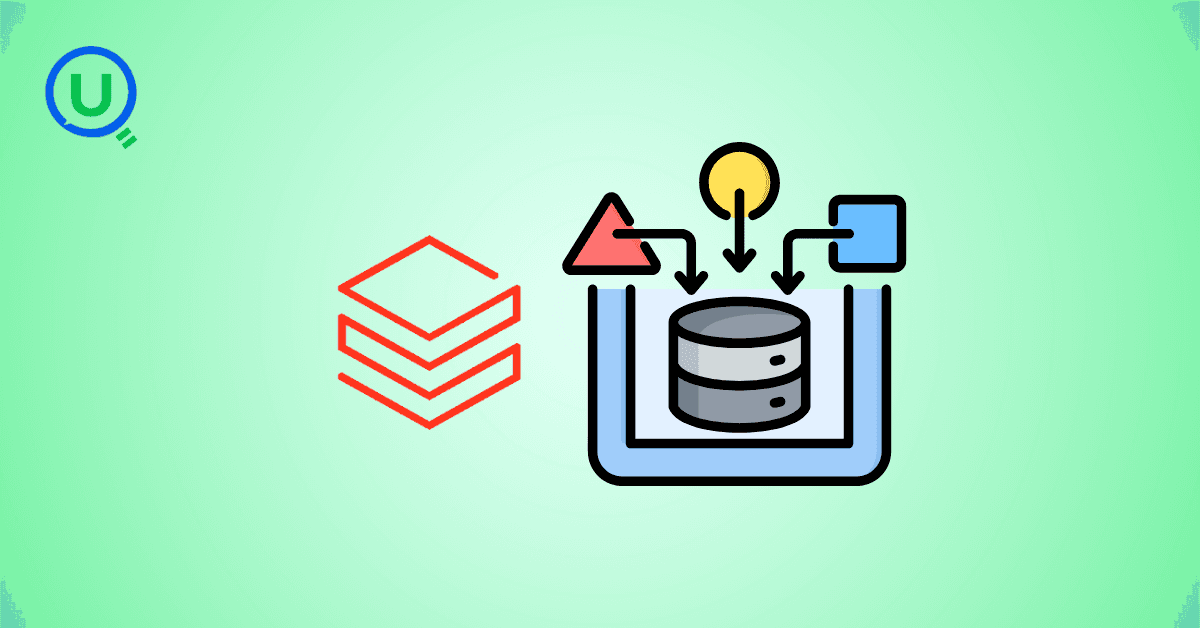
The AI industry has a security problem: data scientists aren't trained in security, ML engineers are working with black-box models, and security pros don't understand GenAI. Learn about the frameworks and tools bridging this gap—from Llama Guard to Databricks' safety features.
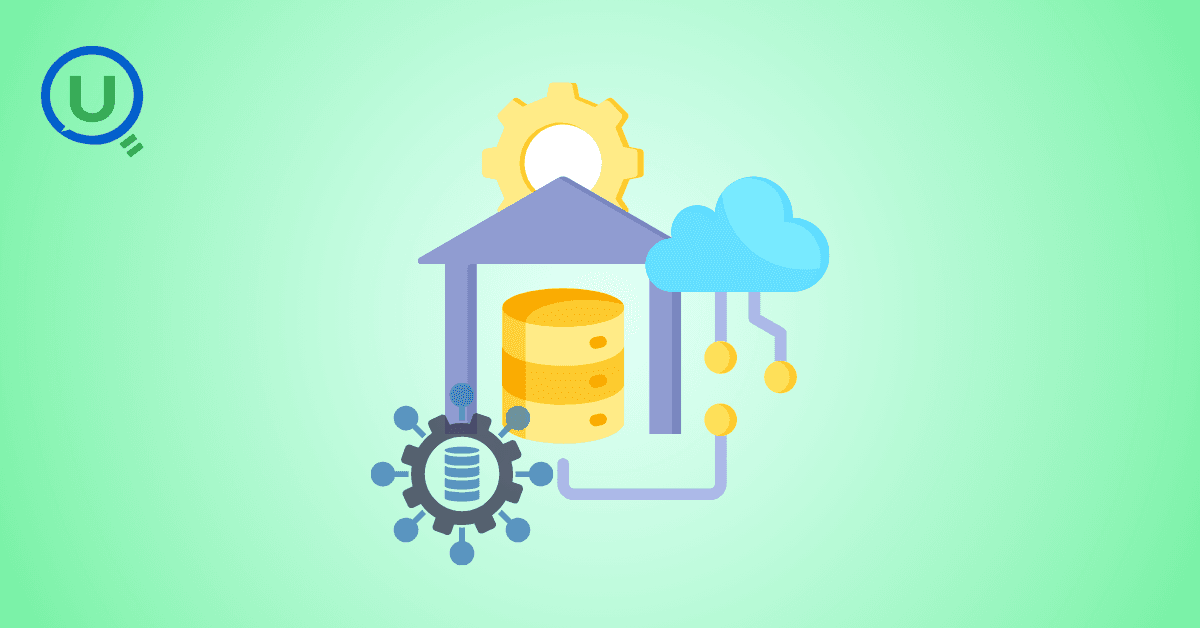
Why DELETE isn’t enough under GDPR, and how Time Travel can make sensitive data reappear unless VACUUM is used correctly.

This blog shares my personal journey into Snowflake Gen AI, from early confusion to hands-on clarity. It offers practical study tips, common pitfalls, and guidance to help you prepare effectively and understand Snowflake’s evolving AI capabilities.

Started scrolling Instagram at 2 AM. Saw Cloudflare memes. Fell down a 4-hour research rabbit hole. Discovered that AND database = 'default' could have prevented the whole thing. My sleep schedule is ruined but at least I understand distributed systems now.

Discover the top 10 data pipeline tools every data engineer should know in 2025. From Airflow to Fivetran, learn how each tool powers modern data workflows, supports real-time analytics, and scales across cloud ecosystems.

Explore what syntax means in the world of data and AI—from SQL and Python to JSON and APIs. Learn why syntax matters, common errors, real-world examples, and essential best practices for data engineers, analysts, and AI developers in 2025.
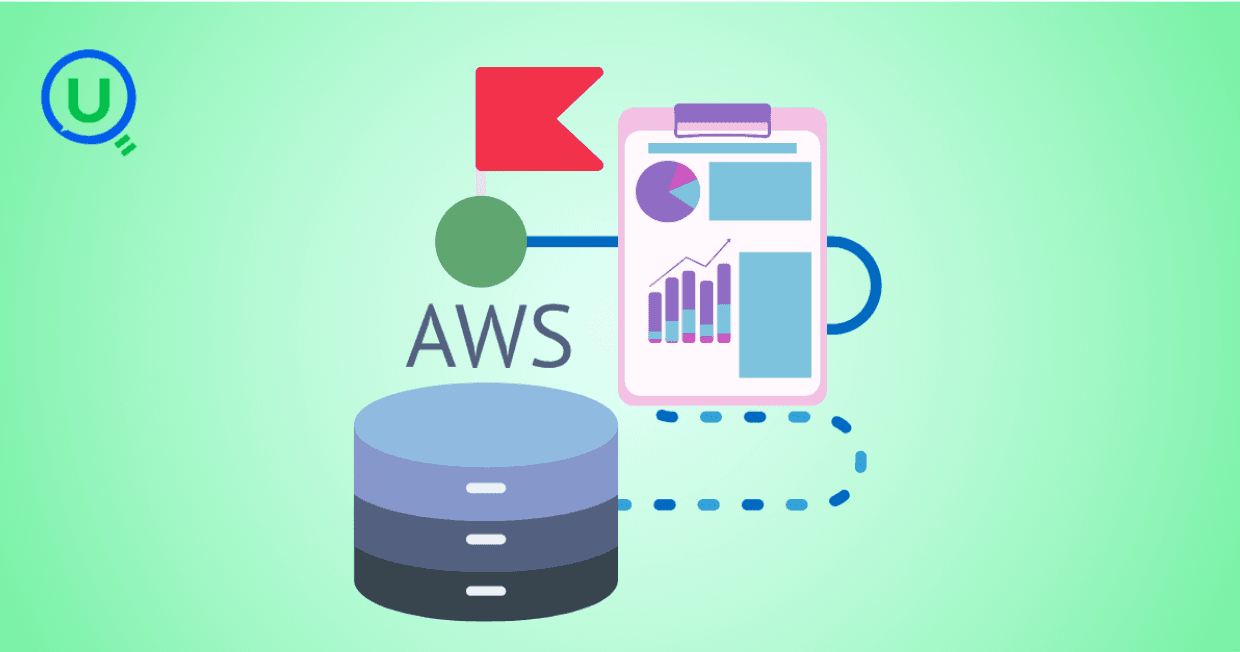
Discover how AWS Data Pipeline helps automate data movement and transformation across AWS services like S3, Redshift, and EMR. Learn its key features, benefits, limitations, and how it compares to modern tools like AWS Glue and MWAA.

Learn how to build scalable and secure data pipeline architectures in 2024 with best practices, modern tools, and intelligent design. Explore key pillars like scalability, security, observability, and metadata tracking to create efficient and future-proof data workflows.
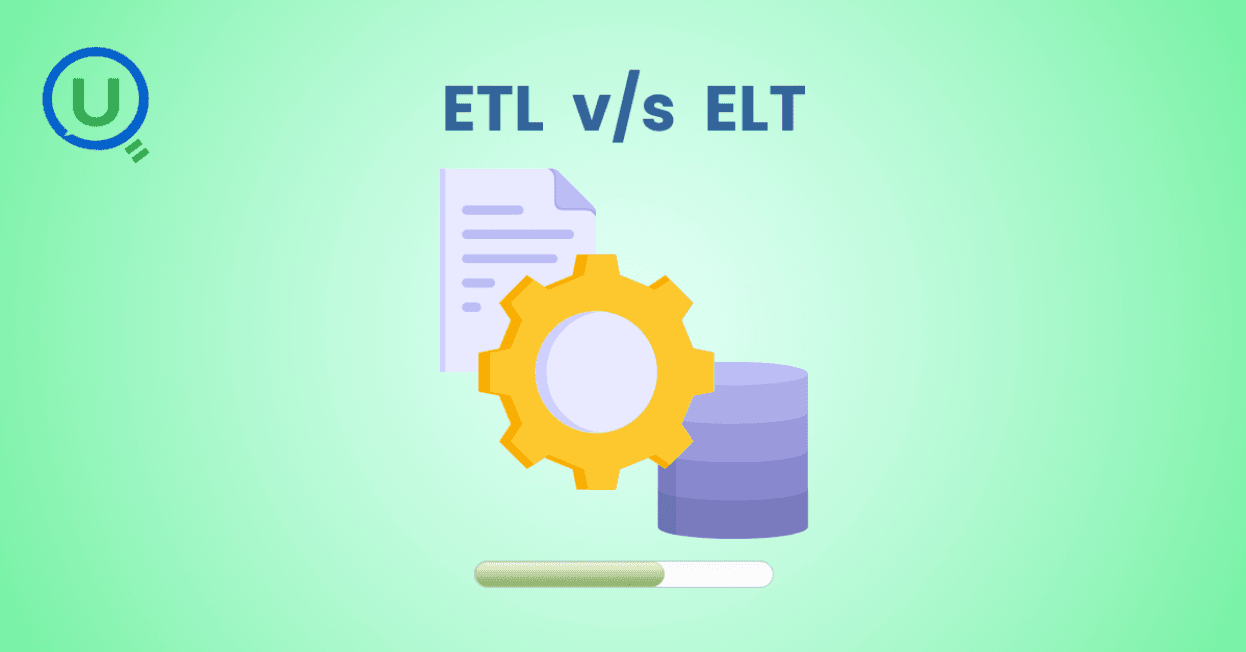
Explore the key differences between ETL and ELT data integration methods in this comprehensive guide. Learn when to choose each approach, their use cases, and how to implement them for efficient data pipelines, real-time analytics, and scalable solutions.
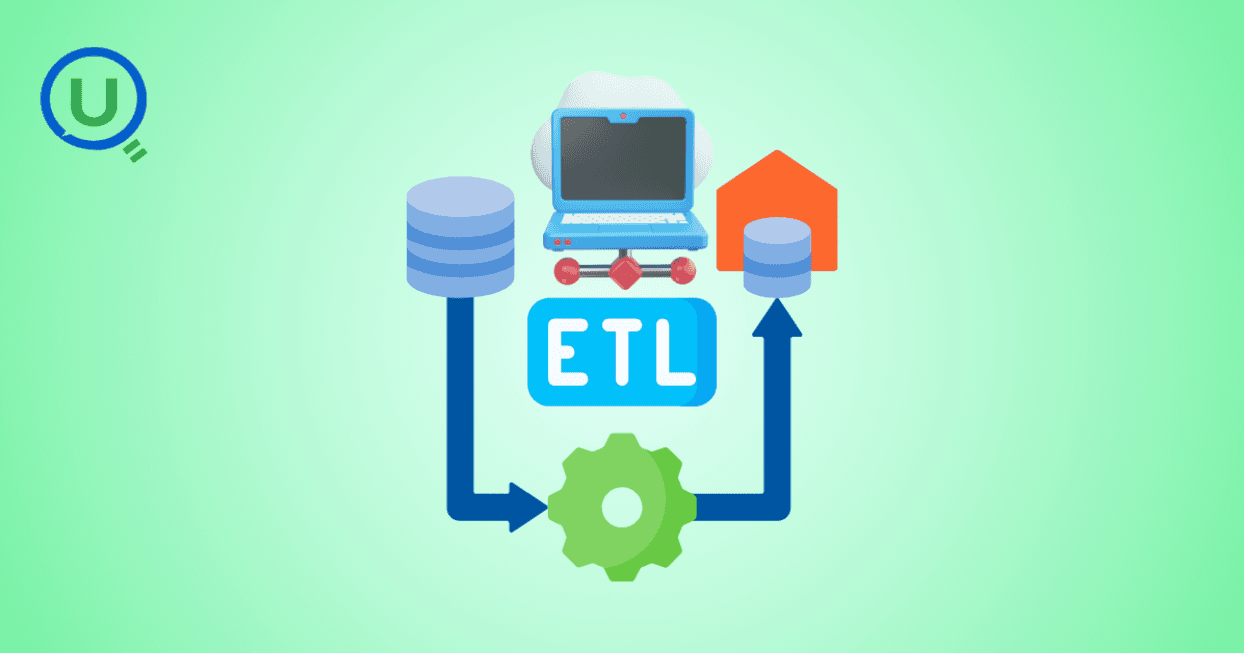
Learn the essential role of ETL (Extract, Transform, Load) in data engineering. Understand the three phases of ETL, its benefits, and how to implement effective ETL pipelines using modern tools and strategies for better decision-making, scalability, and data quality.

Discover why data orchestration and analysis are essential for modern data systems. Learn how automation tools streamline data workflows, boost insights, and scale with your business
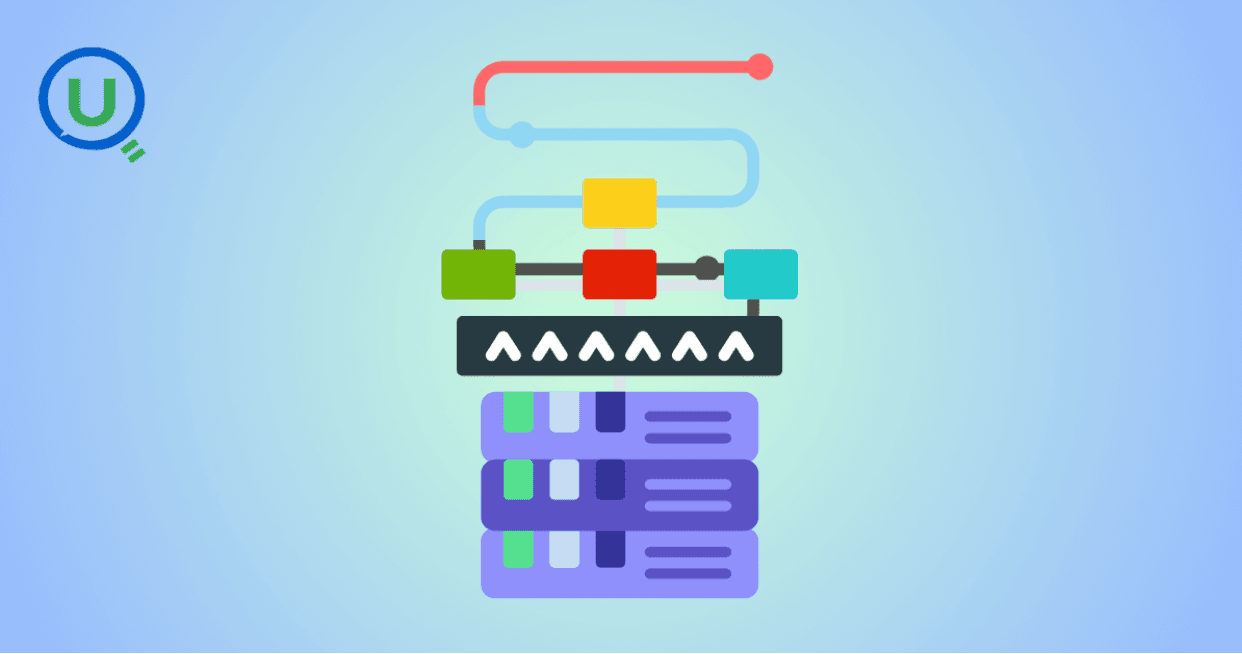
Learn what a data ingestion pipeline is, why it's vital for modern analytics, and how to design scalable, real-time pipelines to power your data systems effectively.

Discover the top 15 data warehouse tools for scalable data management in 2024. Learn how to choose the right platform for analytics, performance, and cost-efficiency.
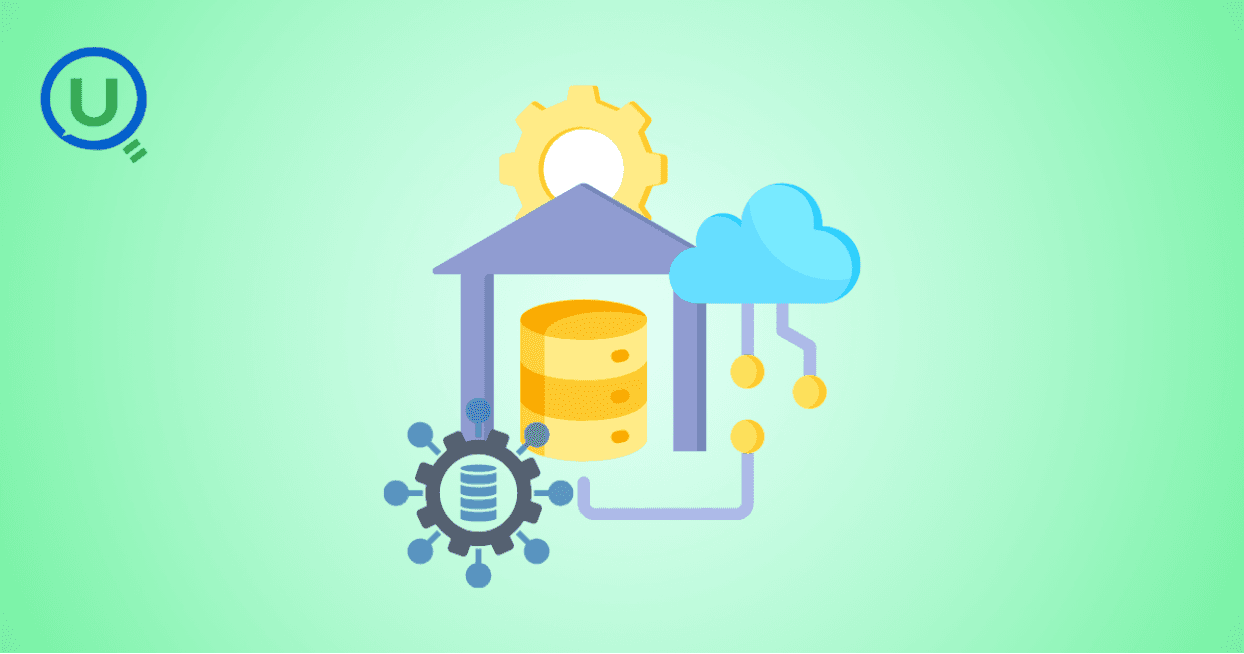
Confused between a data mart and a data warehouse? Learn the key differences, use cases, and how to choose the right data architecture for your business. Explore best practices, real-world examples, and expert insights from Enqurious.

Discover the top 10 predictive analytics tools to know in 2025—from SAS and Google Vertex AI to RapidMiner and H2O.ai. Learn why predictive analytics is essential for modern businesses and how to choose the right tool for your data strategy.

Explore the key differences between descriptive and predictive analytics, and learn how both can drive smarter decision-making. Discover how these analytics complement each other to enhance business strategies and improve outcomes in 2025 and beyond.

Explore the key differences between predictive and prescriptive analytics, and learn how both can drive smarter decisions, enhance agility, and improve business outcomes. Discover real-world applications and why mastering both analytics approaches is essential for success in 2025 and beyond.
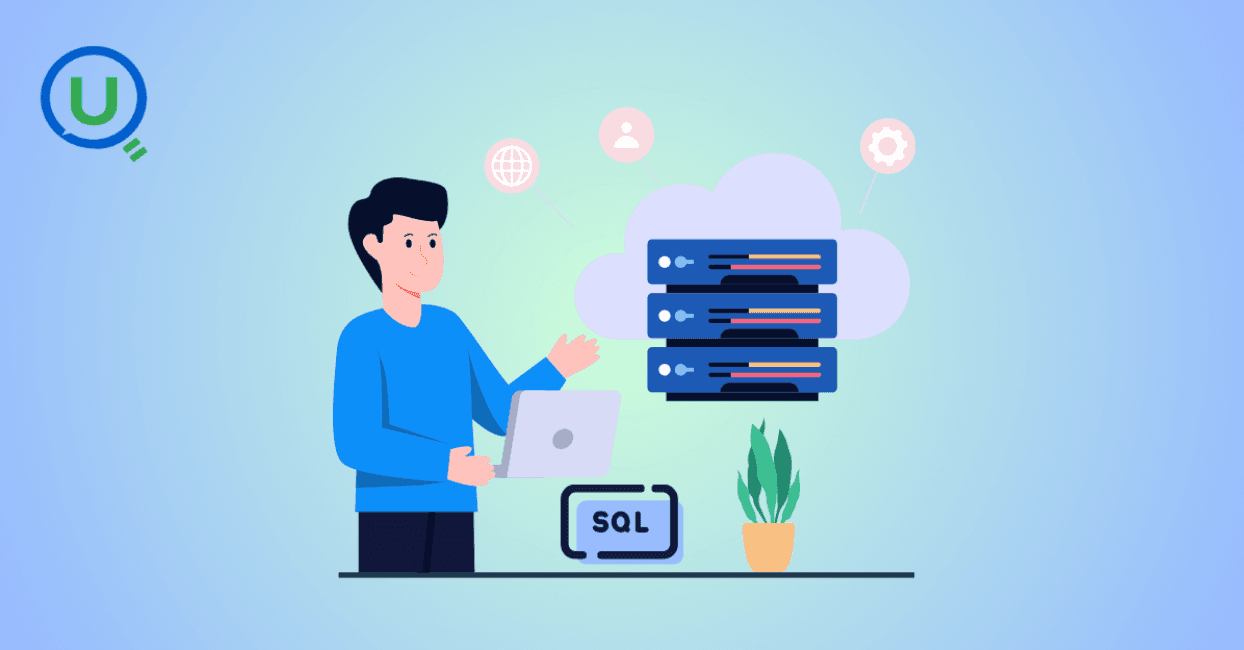
Compare PostgreSQL vs SQL Server in this comprehensive guide. Learn the key differences, strengths, and use cases to help you choose the right database for your business needs, from cost to performance and security.

Learn what Power BI is and how it works in this beginner's guide. Discover its key features, components, benefits, and real-world applications, and how it empowers businesses to make data-driven decisions.

Explore what a Business Intelligence Engineer does—from building data pipelines to crafting dashboards. Learn key responsibilities, tools, and why this role is vital in a data-driven organization.
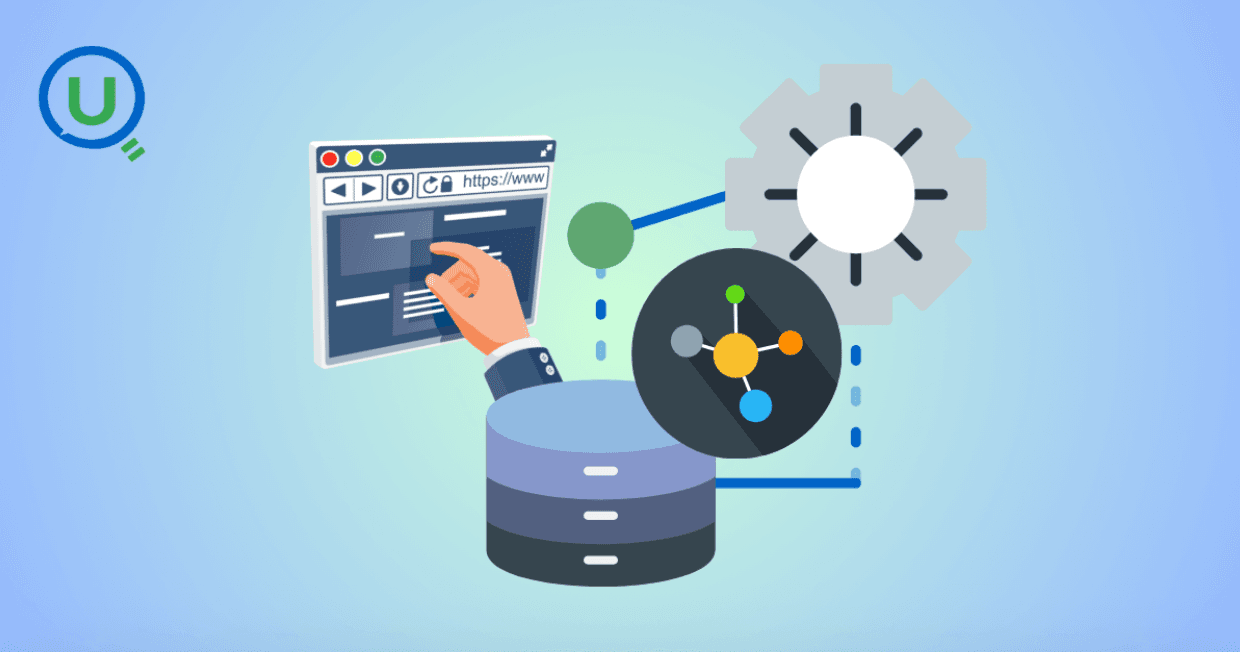
Discover why data lineage is essential in today’s complex data ecosystems. Learn how it boosts trust, compliance, and decision-making — and how Enqurious helps you trace, govern, and optimize your data journeys.
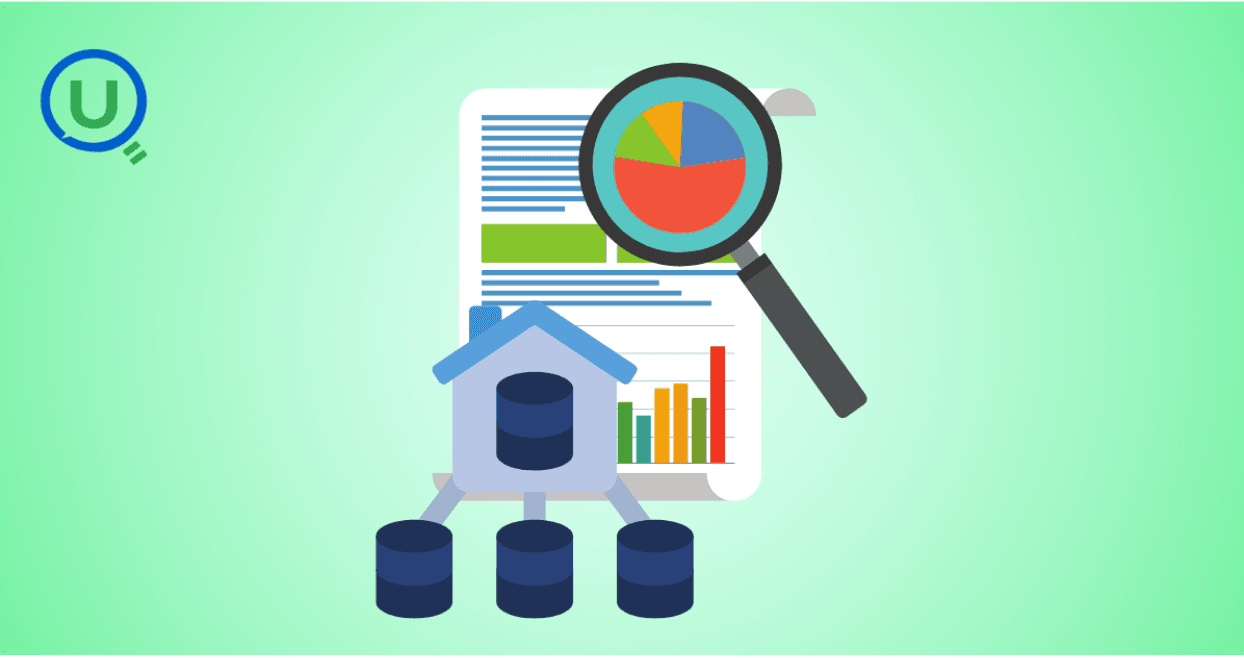
Learn what a data mart is, its types, and key benefits. Discover how data marts empower departments with faster, targeted data access for improved decision-making, and how they differ from data warehouses and data lakes.

Master data strategy: Understand data mart vs data warehouse key differences, benefits, and use cases in business intelligence. Enqurious boosts your Data+AI team's potential with data-driven upskilling.
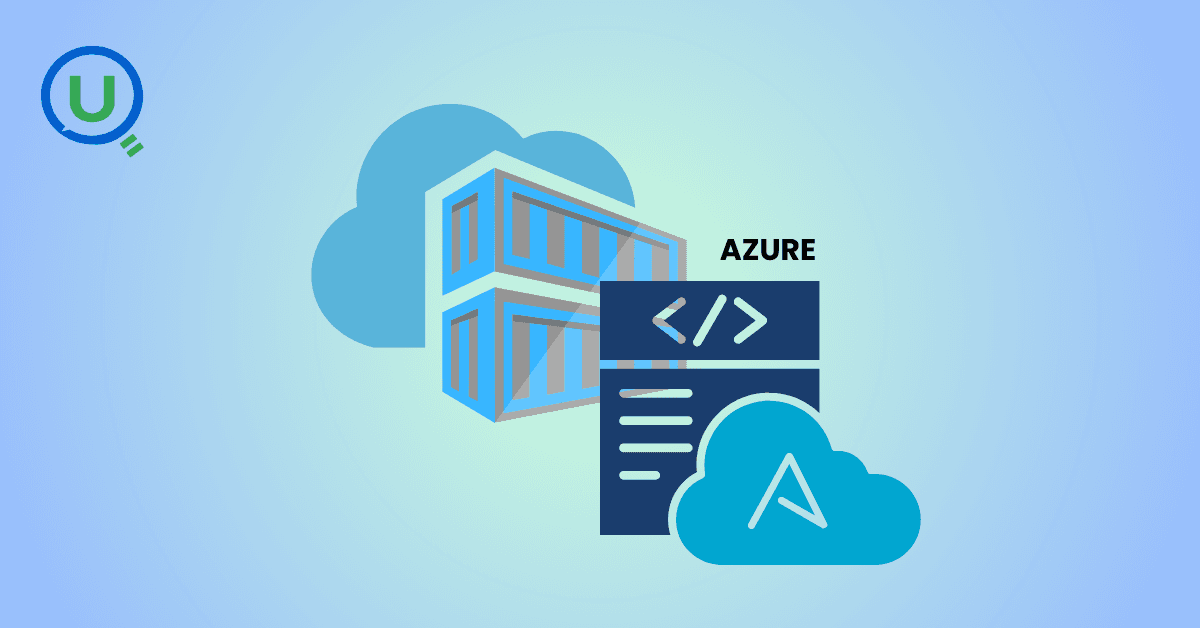
Learn what Azure Data Factory (ADF) is, how it works, and why it’s essential for modern data integration, AI, and analytics. This complete guide covers ADF’s features, real-world use cases, and how it empowers businesses to streamline data pipelines. Start your journey with Azure Data Factory today!
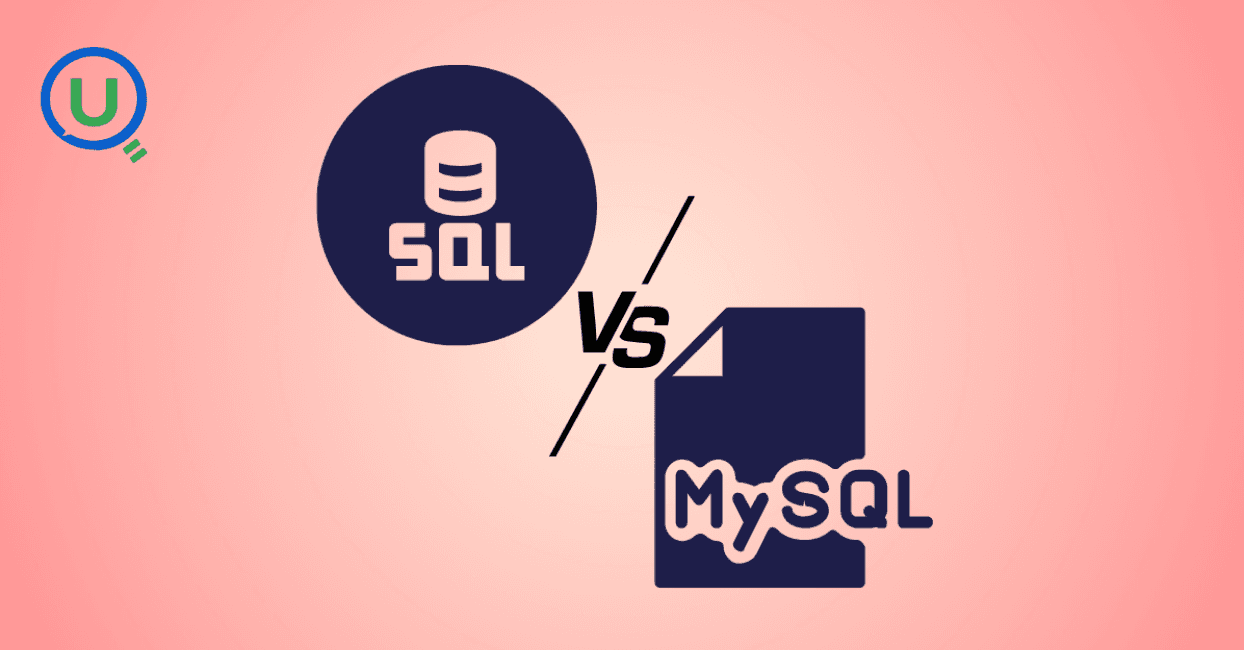
Discover the key differences between SQL and MySQL in this comprehensive guide. Learn about their purpose, usage, compatibility, and how they work together to manage data. Start your journey with SQL and MySQL today with expert-led guidance from Enqurious!
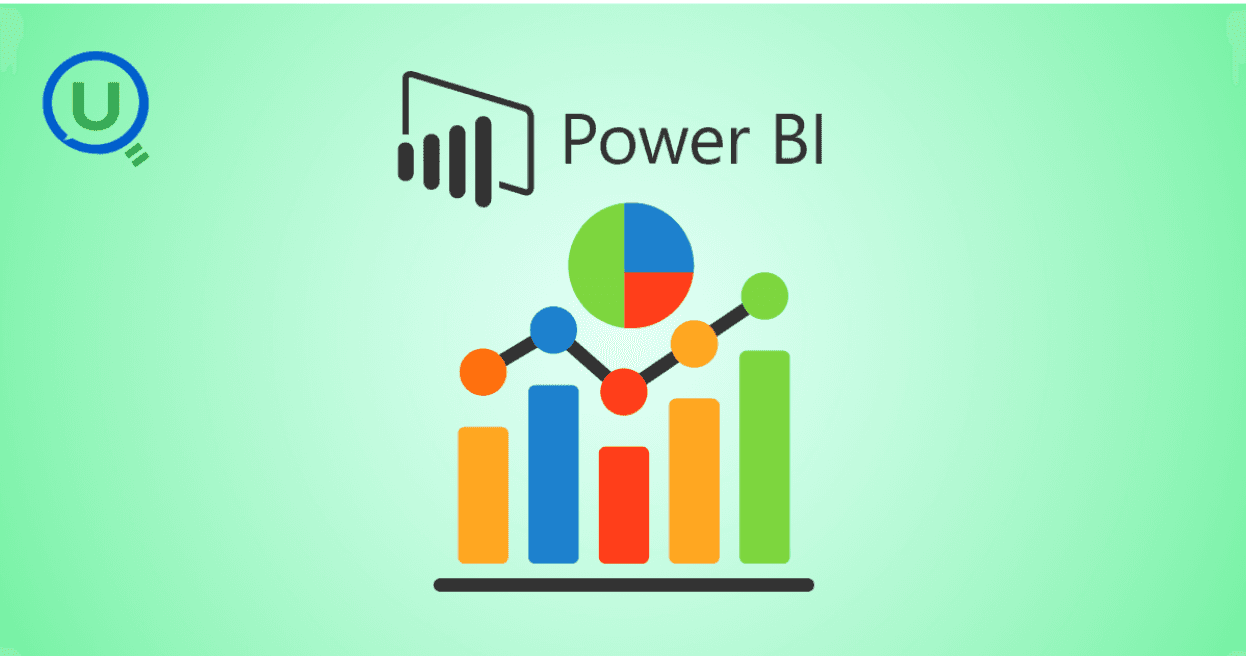
Learn Power BI from scratch in 2025 with this step-by-step guide. Explore resources, tips, and common mistakes to avoid as you master data visualization, DAX, and dashboard creation. Start your learning journey today with Enqurious and gain hands-on training from experts!

AI tools like ChatGPT are transforming clinical data management by automating data entry, enabling natural language queries, detecting errors, and simplifying regulatory compliance. Learn how AI is enhancing efficiency, accuracy, and security in healthcare data handling.
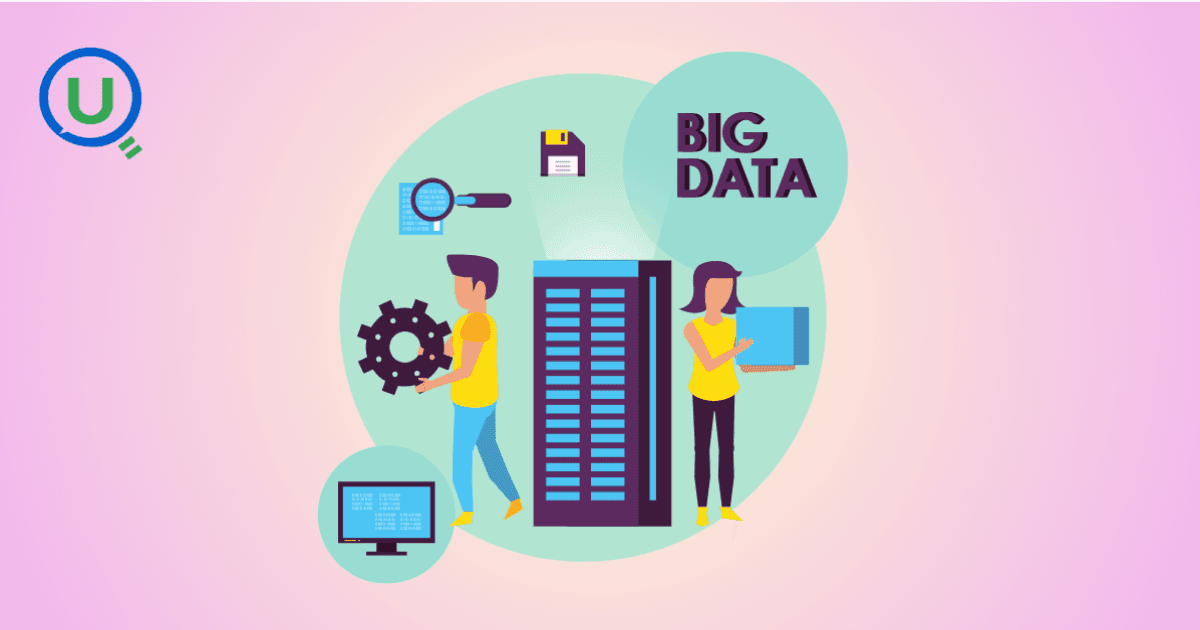
Big Data refers to large, complex data sets generated at high speed from various sources. It plays a crucial role in business, healthcare, finance, education, and more, enabling better decision-making, predictive analytics, and innovation.

Discover the power of prompt engineering and how it enhances AI interactions. Learn the key principles, real-world use cases, and best practices for crafting effective prompts to get accurate, creative, and tailored results from AI tools like ChatGPT, Google Gemini, and Claude.

Learn what a Logical Data Model (LDM) is, its key components, and why it’s essential for effective database design. Explore how an LDM helps businesses align data needs with IT implementation, reducing errors and improving scalability.
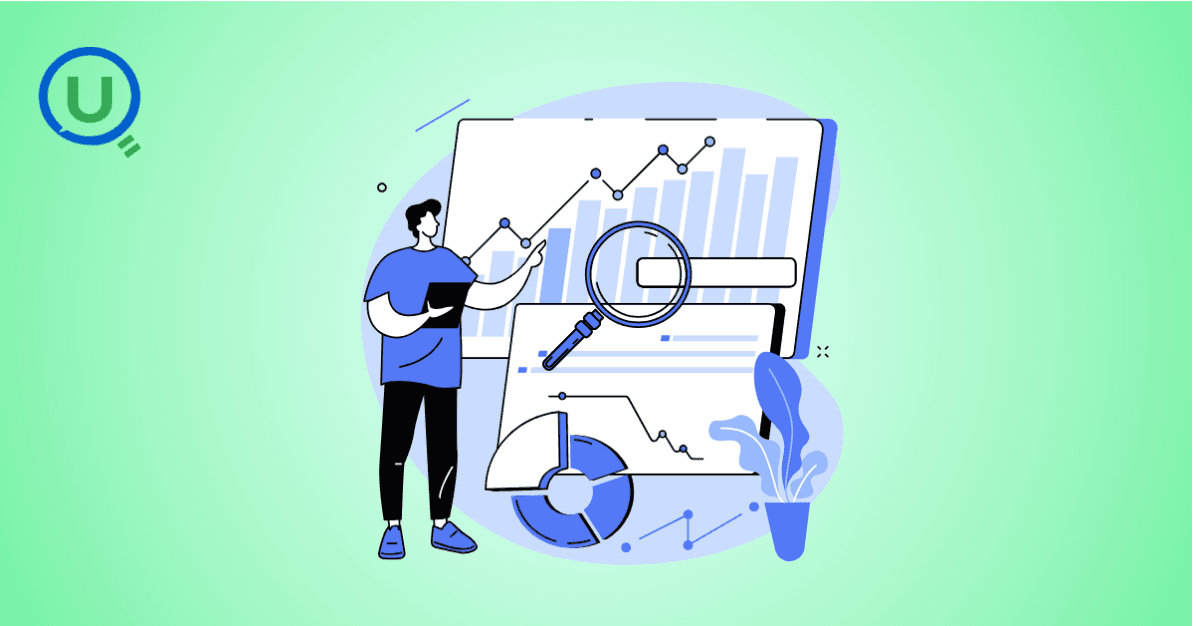
Discover the power of a Canonical Data Model (CDM) for businesses facing complex data integration challenges. Learn how CDM simplifies communication between systems, improves data consistency, reduces development costs, and enhances scalability for better decision-making.

Discover the 10 essential benefits of Engineering Data Management (EDM) and how it helps businesses streamline workflows, improve collaboration, ensure security, and make smarter decisions with technical data.

Explore how vibe coding is transforming programming by blending creativity, collaboration, and technology to create a more enjoyable, productive, and human-centered coding experience.

Learn how Azure Databricks empowers data engineers to build optimized, scalable, and reliable data pipelines with features like Delta Lake, auto-scaling, automation, and seamless collaboration.

Explore the top 10 data science trends to watch out for in 2025. From generative AI to automated machine learning, discover how these advancements are shaping the future of data science and transforming industries worldwide.

Discover the key differences between data scientists and data engineers, their roles, responsibilities, and tools. Learn how Enqurious helps you build skills in both fields with hands-on, industry-relevant learning.

Discover the 9 essential steps to effective engineering data management. Learn how to streamline workflows, improve collaboration, and ensure data integrity across engineering teams.
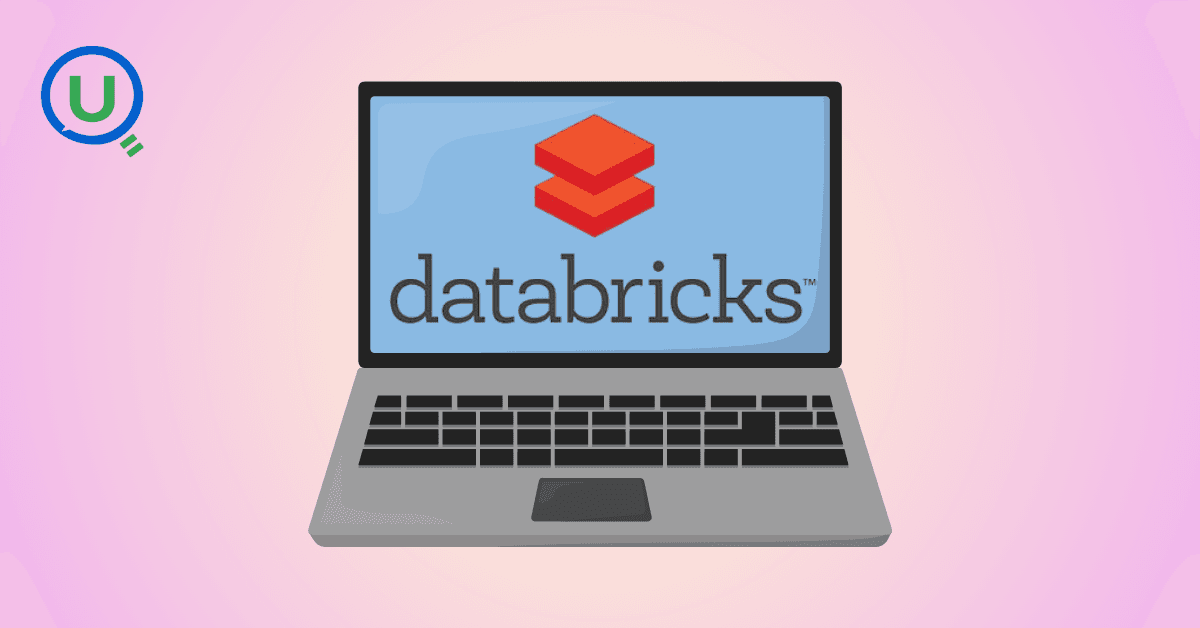
Azure Databricks is a cloud-based data analytics platform that combines the power of Apache Spark with the scalability, security, and ease of use offered by Microsoft Azure. It provides a unified workspace where data engineers, data scientists, analysts, and business users can collaborate.

In today's data-driven world, knowing how to make sense of information is a crucial skill. We’re surrounded by test scores, app usage stats, survey responses, and sales figures — and all this raw data on its own isn’t helpful.

In this blog, we will discuss some of the fundamental differences between AI inference vs. training—one that is, by design, artificially intelligent.

This guide provides a clear, actionable roadmap to help you avoid common pitfalls and successfully earn your SnowPro Core Certification, whether you’re making a career pivot or leveling up in your current role.

"Ever had one of those days when you’re standing in line at a store, waiting for a sales assistant to help you find a product?" In this blog we will get to know about -What is RAG, different types of RAG Architectures and pros and cons for each RAG.

Discover how Databricks and Snowflake together empower businesses by uniting big data, AI, and analytics excellence

How do major retailers like Walmart handle thousands of customer queries in real time without breaking a sweat? From answering questions instantly to providing personalized shopping recommendations, conversational AI reshapes how retailers interact with their customers.